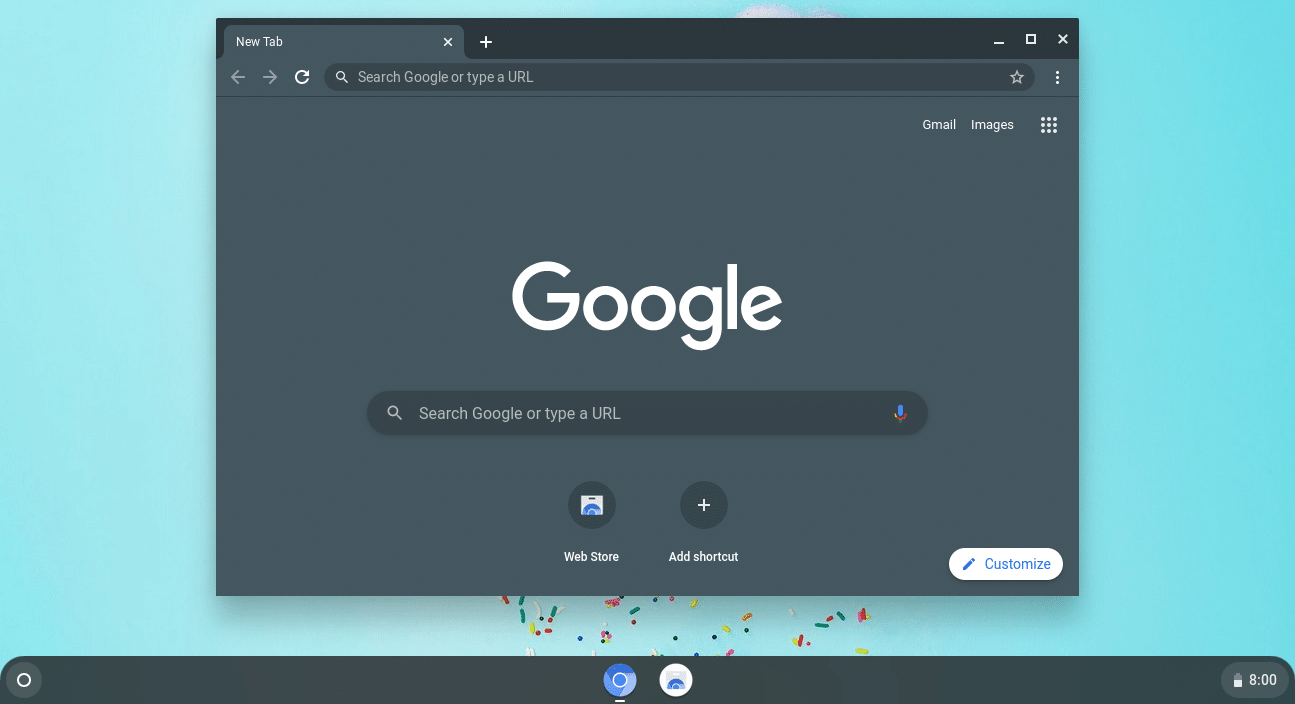
(With Catalina, expert users could enable or disable it using a terminal command.) After Big Sur appears on the screen, you see the most radical overhaul that Apple has given its flagship OS in years. The first thing you notice when you start up your Mac running Big Sur is that the traditional Mac startup sound is back by default, though you can silence it from the System Preferences app.

But upgrade you should, because Big Sur is a substantial improvement, even over the excellent Catalina. If you rely on third-party software, you may want to wait a few weeks or months for the first or second interim, or point release. If you’re running last year’s Catalina version and haven’t installed a lot of third-party, non-Apple software, you can upgrade immediately to Big Sur, though only after making a complete Time Machine or other backup of your existing system.

Based on a three-month tryout in a series of public betas, Big Sur is quick, stable, impressively good-looking, and packed with subtle and significant improvements to the macOS interface.


 0 kommentar(er)
0 kommentar(er)
